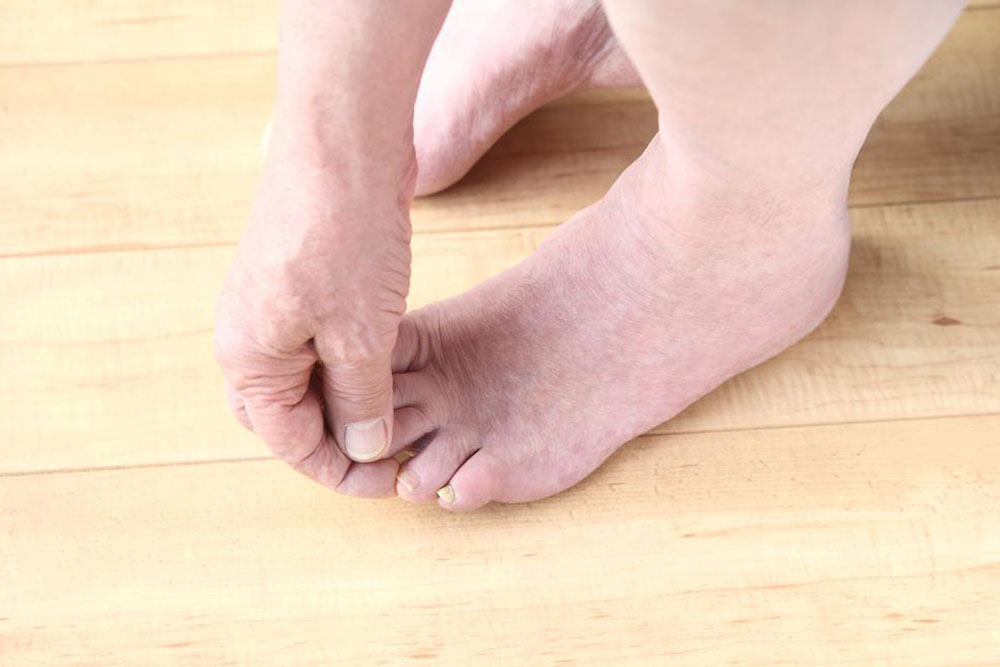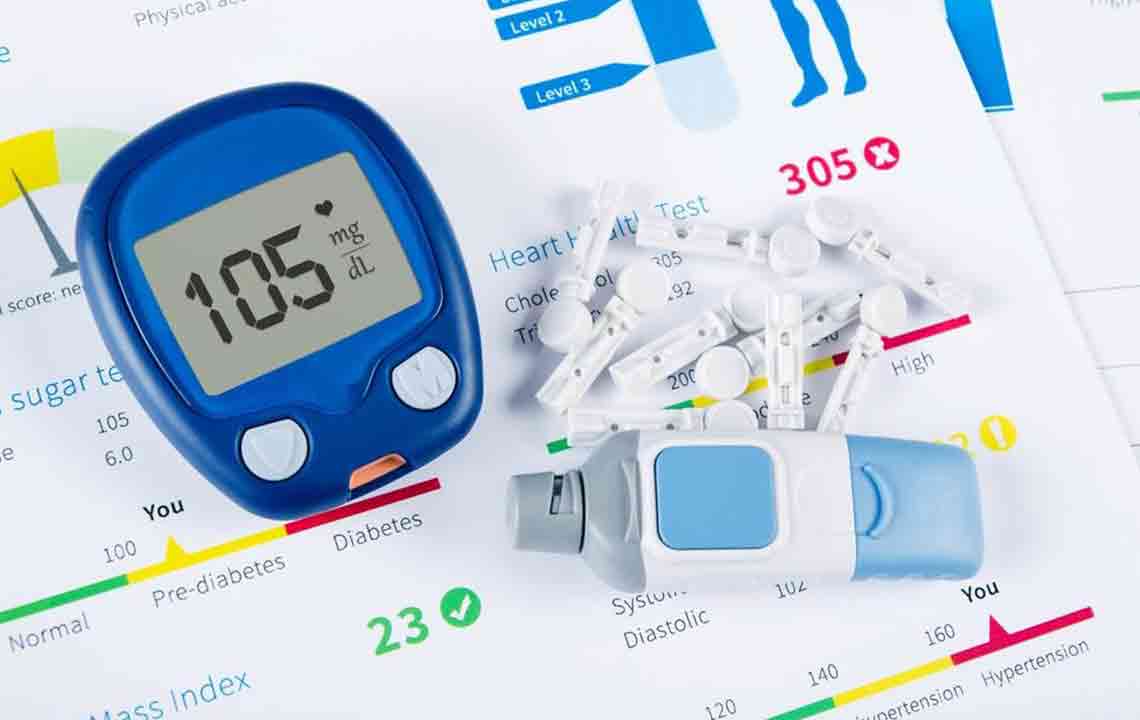Understanding Diabetic Nerve Damage and Its Impact
This article explains diabetic neuropathy, highlighting its causes, symptoms, diagnostic methods, and importance of managing blood sugar levels. It emphasizes preventive strategies and regular monitoring to avoid serious complications like limb amputations. The piece underscores the need for early detection and proper care in diabetic patients to reduce nerve damage impact and improve quality of life.

Understanding diabetic nerve damage
Diabetic neuropathy is one of the most prevalent forms of nerve damage caused by diabetes, primarily affecting the peripheral nerves. Persistently high blood sugar can harm small blood vessels that supply the extremities and vital organs such as the eyes and heart. This condition often leads to retinal issues and vision loss. Since neuropathy itself has no direct cure, focus is placed on managing the underlying diabetes. Uncontrolled blood sugar worsens nerve damage, increasing complications. Loss of sensation in limbs makes them vulnerable to injury and infection, potentially resulting in amputations. Protective measures like custom footwear are recommended to prevent injuries.
In diabetic patients, regular monitoring includes checking the skin for dryness, cracks, and abnormalities. Pulses are routinely assessed to detect irregularities. Sensory tests, such as using a tuning fork, evaluate nerve response in extremities. Reflexes are also examined. When neuropathy signs are evident, advanced diagnostics like nerve conduction studies are conducted. This involves placing electrodes to measure nerve impulse speed, which decreases with nerve damage. Skin biopsies help assess nerve fiber density, letting doctors monitor disease progression effectively.










